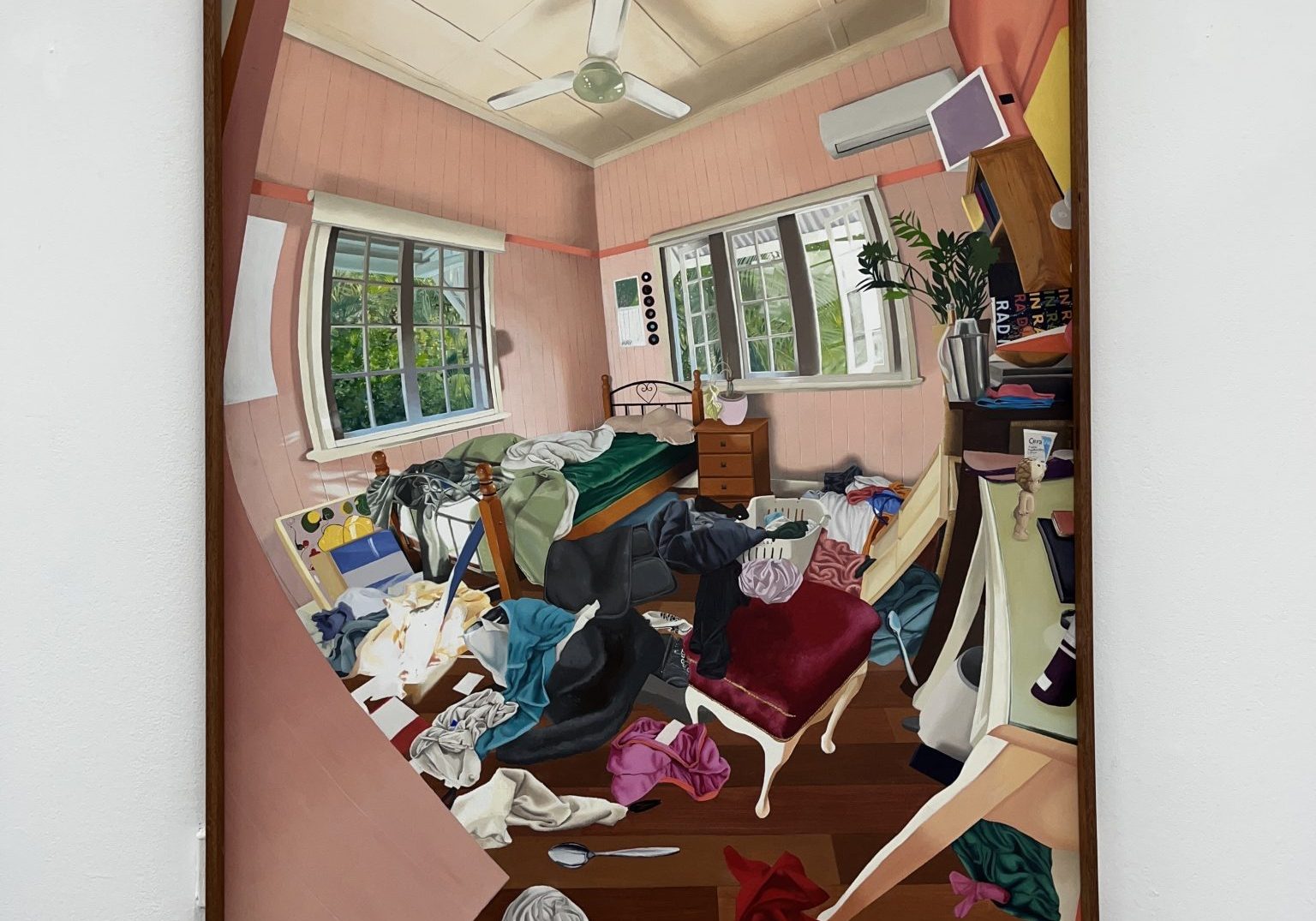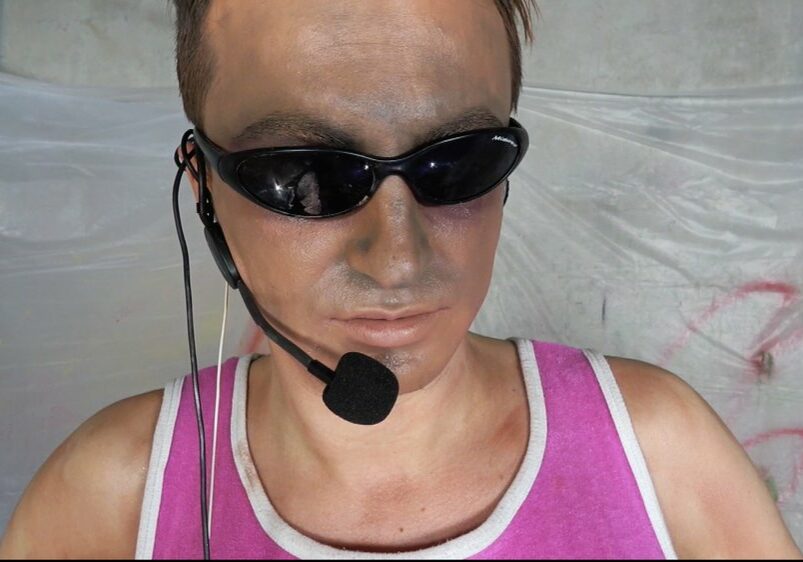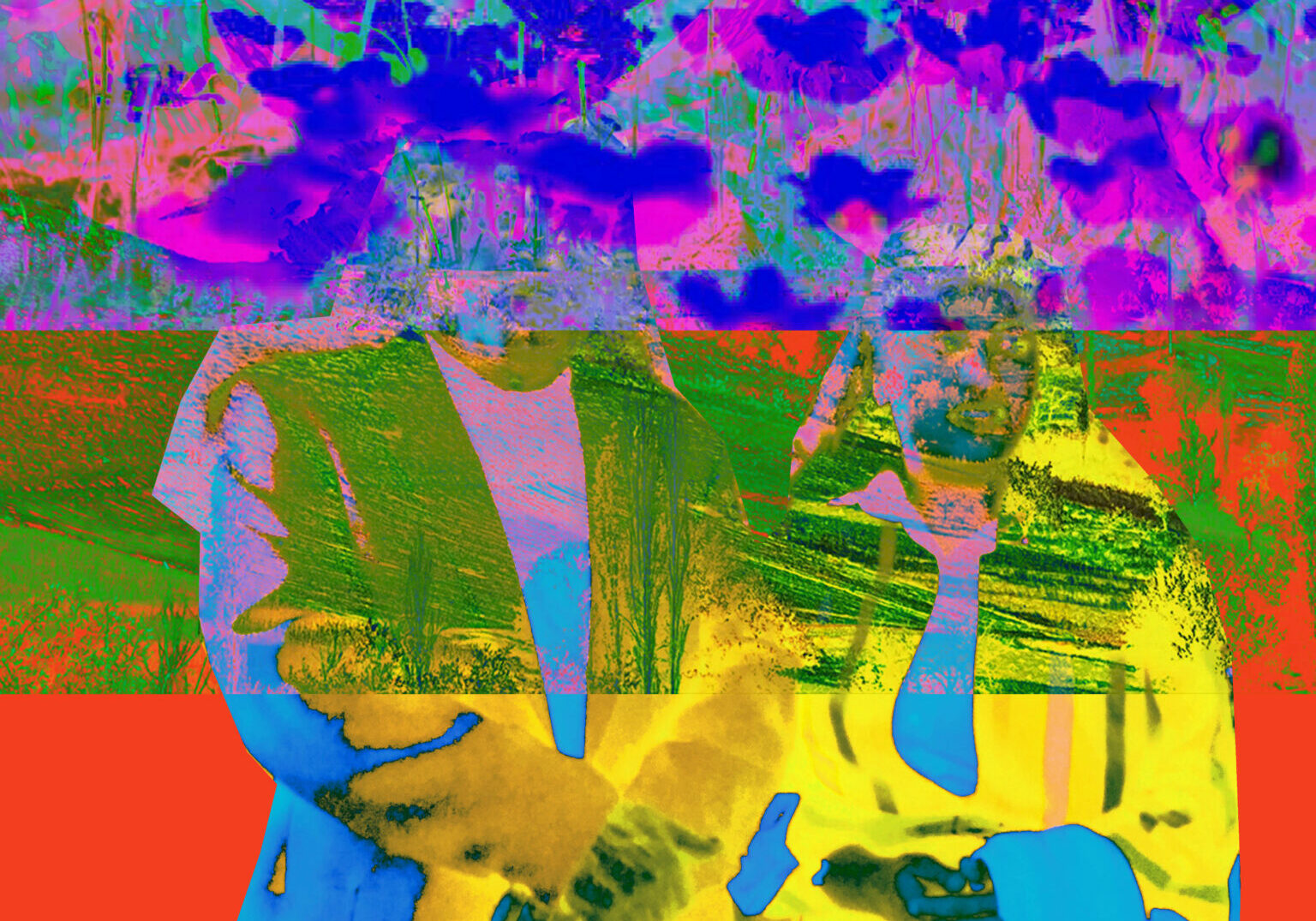Kwanyoung Jung’s work is divided into two parts. The first is the space he imagines or the virtual space he has never seen. Jung always works on a virtual space that exists between a place he has never been to, a vague nostalgia for something that is not present in reality, or a place where he has not been. Most of these works have black thin lines on large canvas or paper. The lines are drawn without discriminating between the first and the last without any differences in color or thickness. The picture is composed of only one line, and spaces are created on the picture according to the intervals at which the lines are arranged. It is reminiscent of a virtual terrain created by computer 3D programming. But each line is drawn with a certain breath and rhythm as if meditating rather than mechanical.
Second, work on black and white objects or objects in the virtual space that are more recent works. Those objects are virtual objects or beings that exist in a virtual space and do not have any names like the objects in the Evis Tangui work. The things or beings remind us of anything on earth, but they are virtual objects without names.
The artist draws elements that are basic elements such as water or fire but do not have any particular form. His drawings are drawings of certain imaginary beings or objects made up of fundamental elements.
Jung’s black and white drawings were drawn in such a way that they could be painted at once and washed with water repeatedly to reveal the marks the brush had passed on the paper. And because of the brush strokes memorized on paper, virtual objects contain dynamic energy and a vital impression. The work in this series consists of a collection of several or several dozen drawings. Just as almost all things or organisms are made up of a collection of atoms or cells. The drawings can either be individual or grouped together.













![2023_Tiflah Al-Naimi_artist profile_Main feature 1 {"source":"other","uid":"C4142B6E-5113-40D9-B623-014D7C513EBB_1635427766591","origin":"gallery","fte_sources":[],"used_sources":"{"version":1,"sources":[]}","premium_sources":[],"is_remix":false}](https://glogauair.net/wp-content/uploads/bb-plugin/cache/2023_Tiflah-Al-Naimi_artist-profile_Main-feature-1-landscape-208609af49e8c94dc99406d87fd1b4b0-.jpg)










